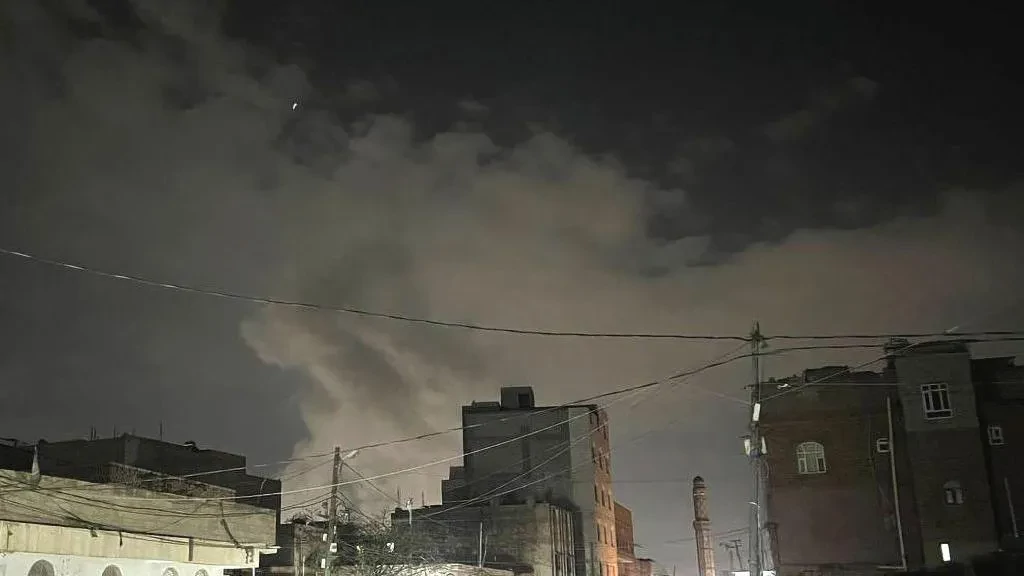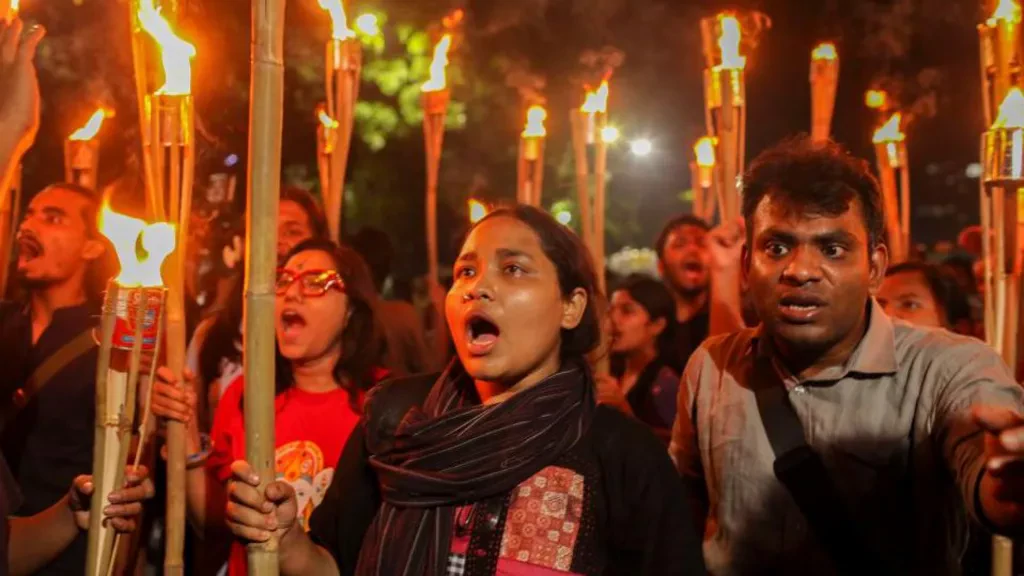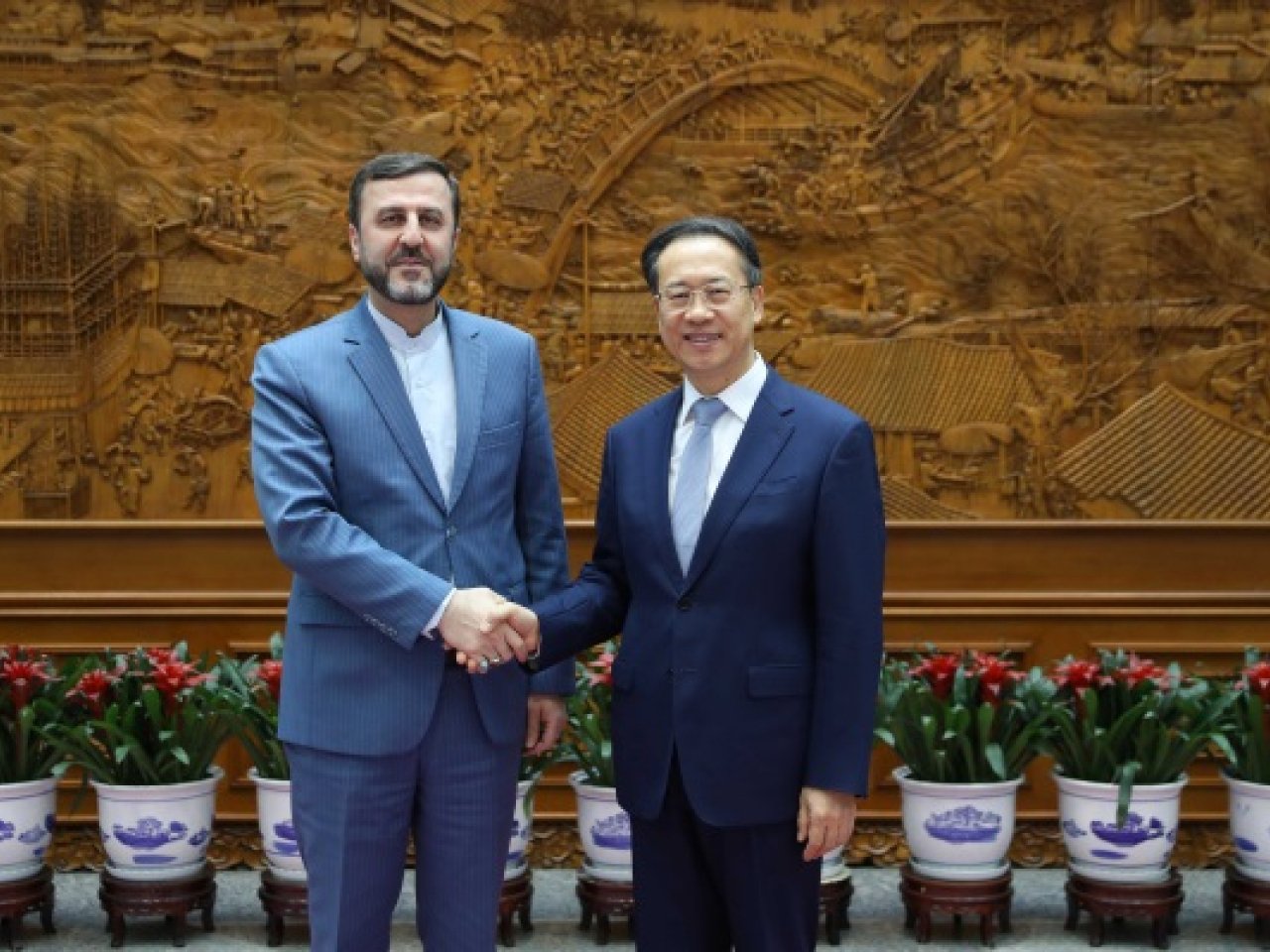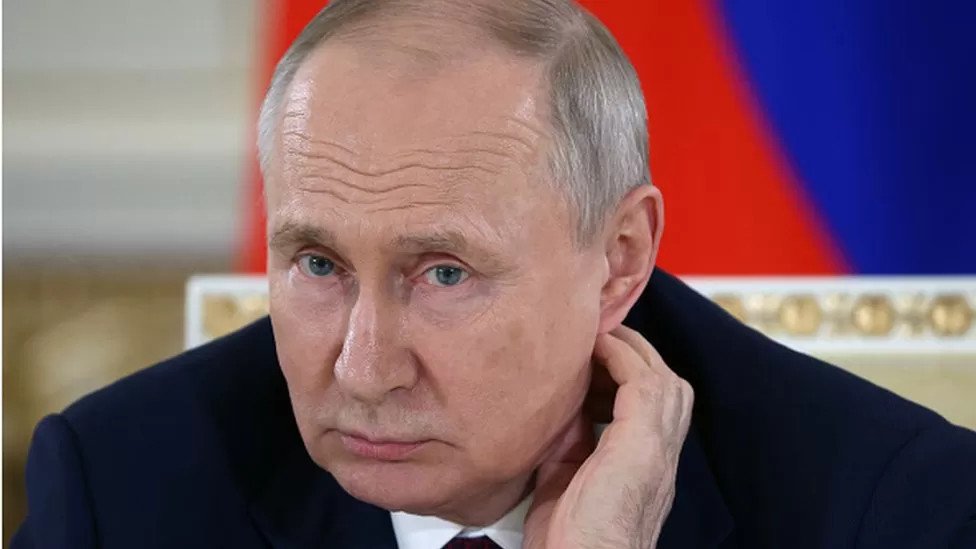Pakistan’s Persistent Energy Crisis

Nadeem ul Haque
ISLAMABAD -For almost a decade, Pakistan has lacked the energy it needs, with producers and consumers across the country facing power outages for up to 12 hours per day. At the root of this crisis lies poor governance. Yet the authorities and aid donors alike stubbornly fail to recognize the obvious, and instead continue to pursue costly and ultimately ineffective interventions.
Pakistan’s experience is a case study in how poor countries can often struggle to formulate and implement reforms, including reforms needed to escape poverty. And, indeed, Pakistan’s ongoing energy crisis is undermining its economic development: the Ministry of Finance estimates that energy shortages have reduced annual economic growth by two percentage points, on average, over the last nine years.
And it gets worse. Over the same period, the government has spent more than 10% of GDP to cover the energy sector’s financial losses. This means that, had Pakistan’s energy sector been reformed properly, the country’s economy could have grown significantly faster – by about 4% per year – potentially creating a sufficient number of jobs for a young and growing population.
Over the last nine years, Pakistan has received assistance through two International Monetary Fund programs and numerous World Bank initiatives, as well as from the Asian Development Bank and various donor agencies. In exchange for funding, the IMF demanded huge increases in tax rates on petroleum products, as well as hikes in energy prices.
The World Bank, for its part, forced the government to use loan guarantees to spur private investment in energy.
Now, these guarantees are coming back to bite the government. In a recent ad campaign, private power producers once again threatened to invoke them to secure payment of unpaid bills. After some back and forth, including production slowdowns, the government, as usual, has opted to cover the losses.
Despite these huge costs, three successive governments have produced no white paper or policy analysis that sheds light on the issue, much less devised a strategy for preventing further financial losses. No independent commission or task force has been created to examine the problem, either. We are told that the crisis is too urgent to investigate what caused it.
Donors and the government claim that a solution is imminent: several billion dollars of supply are now coming on stream. But simply spending more to supply more energy has been tried before – at huge cost to the country. Meanwhile, energy-sector losses have often been passed on to the consumer through price increases, surcharges, and other taxes. This is not a sustainable approach.
It is time for Pakistan to undertake a more thorough audit of its energy crisis. When I was involved with the energy sector as a senior policymaker, I found it useful to use a systems approach to understand the structure of supply, the quality of regulation, the forces driving prices, and the impact of conservation policies on demand.
As it stands, energy supply and distribution in Pakistan is managed through a centralized government bureaucracy. Private electricity producers and one privatized distribution company function as government contractors with a guaranteed margin. The rest of the production and distribution companies operate as part of the government, with their parent ministry controlling their management, resources, and finances.
In this context, it should be no surprise that the system continues to incur major losses. Despite talk of energy markets, the system is based on administered prices: While consumers pay the same price throughout the country, the regulatory authorities set different prices for production and distribution companies. But whether those prices are determined by a careful balancing of supply and demand is far from guaranteed.
In fact, there is every reason to suspect that the regulatory authority has been captured. While prices and tariffs are determined on a cost-plus basis, it is unclear whether costs are properly scrutinized. Tariffs are set without regard for continuing losses or energy-sector inefficiencies, and the government routinely overrides the price-setting system to force consumers to cover the sector’s losses.
On the demand side, no serious conservation policy has been put in place. On the contrary, systems and regulations seem practically designed for waste. City land and building codes lend themselves to energy-intensive sprawl, as they favor single-family homes over flats. Wide avenues, flyovers, and expressways promote cars, while virtually precluding pedestrians and bicycles.
Moreover, buildings and houses constructed of concrete with thin glass windows are inefficient to heat and cool. And they are equipped with appliances that are not forced to meet energy standards, and therefore can be very energy-intensive, especially when it comes to the use of gas.
Yet insulation materials and energy-efficient appliances remain expensive, owing to tariff protections for incumbent producers using outmoded technologies.
There is a clear need for systemic reform of all aspects of Pakistan’s energy system. The country must develop a sensible pricing mechanism, establish fact-based and independent regulation, create an efficient and decentralized supply system, and implement incentives for conservation. To aid in this effort, the World Bank and the ADB must respond to as-yet-unanswered requests to provide Pakistan with competent technical assistance to develop a modern pricing mechanism and conduct a regulatory audit.
After nine years of quick-fix and temporary solutions, Pakistan and its donors need to recognize that its energy crisis can be resolved only through institutional reform. Otherwise, losses will only grow – and not just in the energy sector. If allowed to continue, that accumulation of losses could even destabilize the state, with devastating consequences.
Nadeem ul Haque is a former deputy chairman of the Planning Commission of Pakistan and a former senior resident representative of the IMF in Egypt and Sri Lanka.










Leave Comment